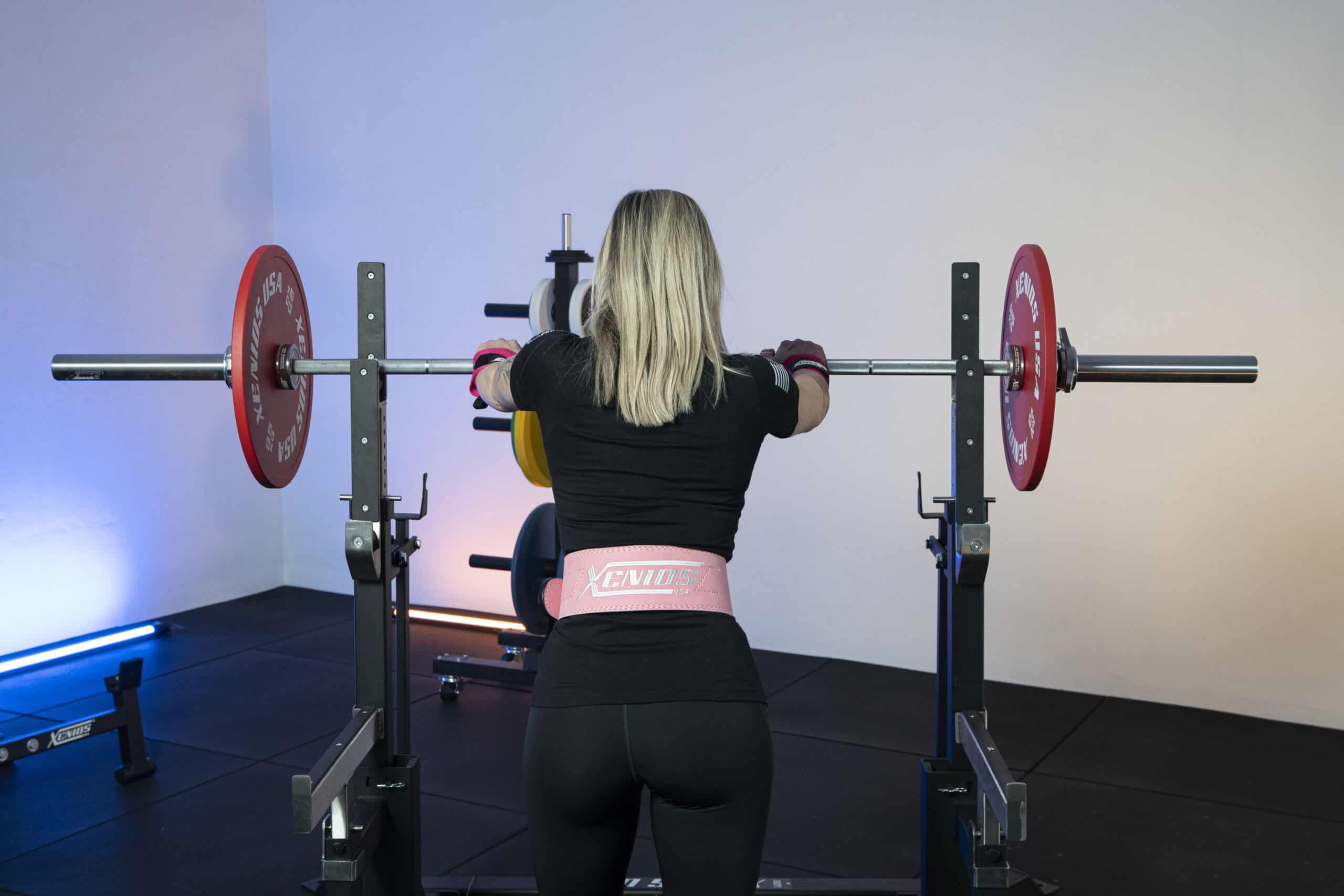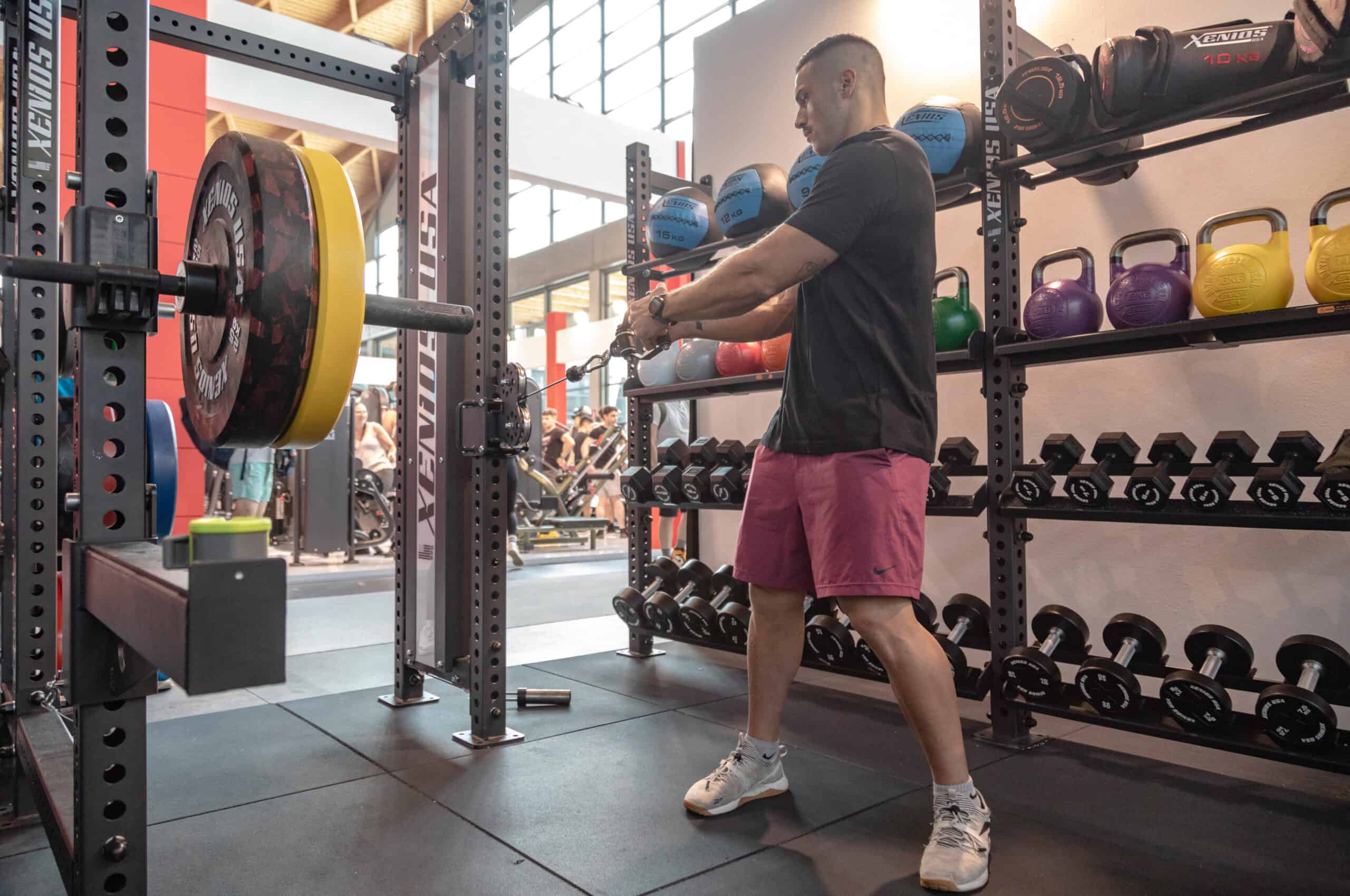Guidelines for muscle anabolism
High intensity workouts produce a series of perturbations in muscles that also involve their destruction and catabolism of structural proteins, provoking a targeted demolition of the muscles. The task of alimentation is to provide the tools (proteins) and energy (carbohydrates) necessary and indispensable to recover what was destroyed and the construction of new material in order to stimulate the increase in muscle mass.
Catabolic stress is just one of the effects of training that causes a depletion of glycogen reserves, a loss of fluids and electrolytes, and a hormonal imbalance. For this reason, we will talk about alimentation for mass.
Hydration, recovery, and refueling are the three key factors for muscle growth.
- The pillar of anabolism: energy to grow
- Proteins and carbohydrates: when, how and how many should you intake to maximize your performance
- Training, anabolic window and daily nutrition style
- Just one plate: nutrition and energy
- Creating muscle growth: a question of health
The pillar of anabolism: energy to grow
Before proteins, the muscle in order to grow needs extra energy. The anabolic macronutrient for excellence consists of carbohydrates that are molecules that represent the main source of energy for the body and the only one for essential organs like the brain. Digesting carbohydrates stimulates an increase in insulin, a pancreatic hormone defined as “the growth hormone” that stimulates the production of leptin, which signals satiety which then actives MTOR a protein kinase responsible for all anabolic processes such as protein synthesis, the restoration of glycogen levels and the increased intake of amino acids by the muscles. If alimentation lacks this nutrient, the body begins to enter a state of alarm and activates alternative metabolic paths that can affect adipose tissue, the muscle tissue, resulting in a loss of muscle tone and mass.
During rest, the muscle uses mainly fats as an energetic source, but under stress it prefers carbohydrates that it derives from the mobilization of local reserves: the muscle glycogen or reserved sugar. Ensuring a correct intake of carbohydrates during the day allows glycogen reserves to remain refueled, guaranteeing a good energy level and the body’s predisposition to anabolism.
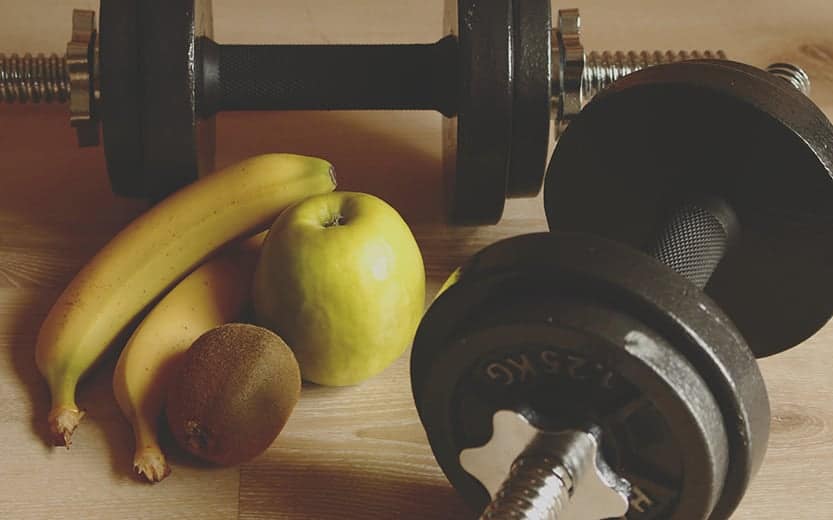
Proteins and carbohydrates: when, how and how many should you intake to maximize your performance
Based on many factors like training intensity, the athletes’ goals, body composition, age and sex – the quantity of macro and micronutrients varies drastically. Carbohydrates can oscillate from 3 to 12 body kg daily that can be divided throughout the day, preferring sources such as whole grains, legumes, and fresh fruit. These aliments, in addition to their energy content, carry many fundamental micronutrients that allow the body to maintain a good state of health and to be predisposed to building muscle. Including a source of carbohydrates to every meal/snack allows you to maintain high levels of “available carbohydrates”, or energy that can be dedicated to extra activities, like physical exercise.
To maximize performance and results, the meals close to training time are very important. Considering that in a session you consume around 1 g of carbohydrates every minute, 30-60 minutes before training it would be ideal to have a snack that gives you about 50 g of carbohydrates and 5-10 g of proteins, this way you have sufficient energy to train and preserve endogenous energy, preventing protein catabolism and preserving muscle mass. Many studies agree on the evidence that a carbohydrate pre-workout snack brings noticeable advantages in terms of performance and reducing muscle destruction. The strategy of combining simple carbohydrates with more complex ones (for example, whole grain bread with jam) allows the body to use the meal more efficiently because using different metabolic pathways maximizes the extraction and release of the meal’s energy.
When the training session is prolonged ( > 1 h), in order to maintain high performance it’s highly advised to integrate a source of carbohydrates even during training, preferring quick-release carbohydrates, like the typical gels made of simple sugars like maltodextrin.
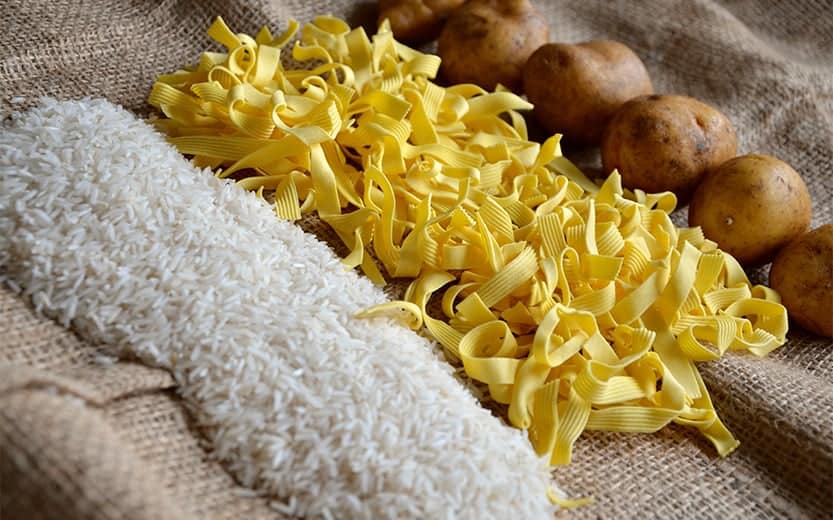
If carbohydrate consumption is fundamental in the pre-workout, once the workout is finished and within 30-60 minutes, you need to integrate with a protein source: it’s been demonstrated that the consumption of 10-25 g of proteins in the 30 minutes post workout stimulate a positive response of the muscle anabolism. In this case, the quality of the protein is very important: it’s recommended to eat those that are quickly digested, like those found in milk (casein), that are rich in amino acids, enter in circulation very quickly, and repair any damage caused by the workout. In the post work out, it’s been demonstrated as particularly useful to grow muscle the integration of 10/12 g of essential amino acids or 5 g of BCAA with a high leucine content, the most consumed amino acid during exercise, which also promotes muscle synthesis.
Training, anabolic window and daily nutrition style
Pre and post workout meals are particularly important to maximize performance and results, nonetheless the anabolic window can continue for up to 72 hours after a workout is over and that’s why it’s important to follow a nutrition regime that’s well-structured, that allows you to eat every 3-4 hours with a diet that includes all micro and macro nutrients.
The sources of carbohydrates should be mainly complex ones like whole grains, unrefined flour and even legumes, and fruit and vegetables should always be included. The protein intake that can range from 0.8-2.0 g/kg of body weight, should be guaranteed from sources that are different not only from their quantity but also from their quality, or the amount of essential amino acids, that of leucine (a BCAA that acts like a trigger for protein anabolism), the speed of digestion, assimilation, and the effective availability of the proteins included in the food: prolonged cooking or typical “grilling” causes a loss in amino acids that reduce the nutritional value of the aliment that results in it being more difficult to digest and it’s nutrients to be less accessible. Lean meats, eggs, fish products, legumes and other vegetables sources should be preferred: spirulina is a blue alga that contains 60 g of protein/100 g of product, it’s rich with leucine, vitamin B12 and is a source of essential fatty acids. Even the lipid sources, that can be equal to 0.5-1.5/kg of body weight, shouldn’t be excluded because they help regulate hormones, are essential constituents of the cells, intervene in anti-inflammatory processes and help the post workout recovery process. Recommended sources are olive oil, mixed nuts (walnuts, almonds, pistachios) and fatty fishes like salmon that’s rich in omega 3, a category of essential fatty acids that have shown to be favorable to anabolic processes and recovery as well as the maintenance of muscle mass.
Just one plate: nutrition and energy
An athlete that has decided to increase their muscle mass should follow a targeted training protocol, ensuring an adequate calorie intake and a correct balance of nutrients. In regards to this latter aspect, the rule of the single dish, is to create one meal/snack in which all macronutrients including vegetables and fruits are included, and it’s a technique that all athletes who are interested in gaining muscle mass should do since it’s been demonstrated that the simultaneous consumption of various nutritional sources amplifies the benefits of the bioactive substances and improves their assimilation which results in athletes having a better protein synthesis, recovery, and muscle growth.

Creating muscle growth: a question of health
The development of muscle mass occurs when the inside the body there are enough energetic and structural elements to overcompensate the physiological protein turnover. Ensuring toning and muscle mass is above anything a health goal: the body reacts better to stress and debilitating conditions even in the case of serious, chronic illness, prevents obesity, injury and improves insulin intake, bringing positive results to diabetic patients. Physical exercise and a correct alimentation are the winning strategies to obtain health, performance and results.
Bibliografia
- Burke, LM, Hawley, JA, Wong, SH e Jeukendrup, AE (2011). Carboidrati per allenamento e competizione. Journal of sports sciences , 29 (sup1), S17-S27.
- Cade JR, Reese RH, Privette RM, Hommen NM, Rogers JL, Fregly MJ. (1991) Dietary intervention and training in swimmers. Eur J Appl Physiol Occup Physiol.;63(3–4):210–5.
- Carli G, Bonifazi M, Lodi L, Lupo C, Martelli G, Viti A. Changes in the exercise-induced hormone response to branched chain amino acid administration. Eur J Appl Physiol Occup Physiol. 1992;64(3):272–7.
- Cermak NM, Van Loon LJ. The use of carbohydrates during exercise as an ergogenic aid. Sports Med. 2013;43(11):1139–55.
- Christopher K. Mathews. K.E VanHolde, Dean R.Appling, Spencere J. Anthony-Chaill, BIOCHIMICA, Piccin, 2014, quarta edizione
- Jentjens R, Jeukendrup A. Determinants of post-exercise glycogen synthesis during short-term recovery. Sports Med. 2003;33(2):117–44.
- Kerksick, C. M., Wilborn, C. D., Roberts, M. D., Smith-Ryan, A., Kleiner, S. M., Jäger, R., … & Kreider, R. B. (2018). ISSN exercise & sports nutrition review update: research & recommendations. Journal of the International Society of Sports Nutrition, 15(1), 1-57.
- Moore, DR, Camera, DM, Areta, JL e Hawley, JA (2014). Oltre l’ipertrofia muscolare: perché le proteine alimentari sono importanti per gli atleti di resistenza. Fisiologia applicata, nutrizione e metabolismo, 39 (9), 987-997.
- Phillips, S. M. (2016). The impact of protein quality on the promotion of resistance exercise-induced changes in muscle mass. Nutrition & metabolism, 13(1), 1-9.
- Smith GI, Atherton P, Reeds DN, Mohammed BS, Rankin D, Rennie MJ, et al. (2011) N-3 PUFA polyunsaturated fatty acids augment the muscle protein anabolic response to hyperinsulinaemia-hyperaminoacidaemia in healthy young and middle-aged men and women. Clin Sci (Lond); 121(6):267–78.
- Van Vliet, S., Shy, E. L., Abou Sawan, S., Beals, J. W., West, D. W., Skinner, S. K., … & Burd, N. A. (2017). Consumption of whole eggs promotes greater stimulation of postexercise muscle protein synthesis than consumption of isonitrogenous amounts of egg whites in young men. The American journal of clinical nutrition, 106(6), 1401-1412
- Wolfe, R. R. (2006). The underappreciated role of muscle in health and disease. The American journal of clinical nutrition, 84(3), 475-482.

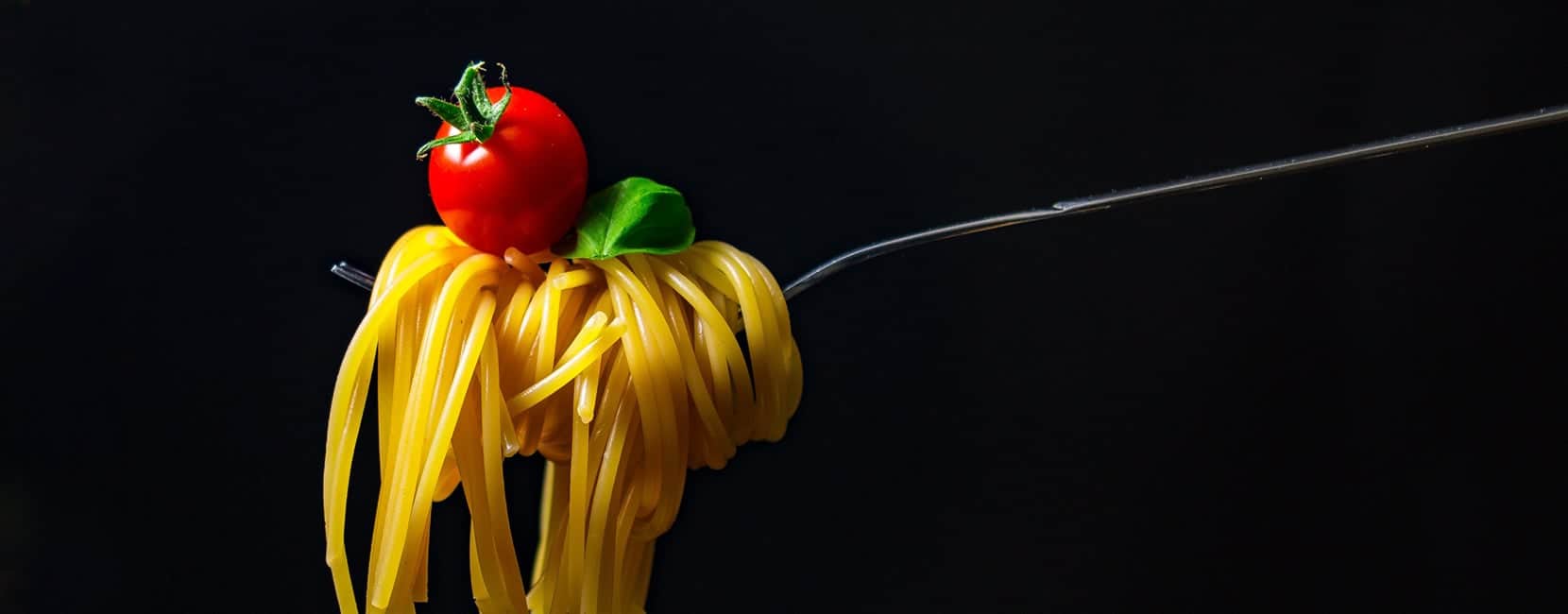

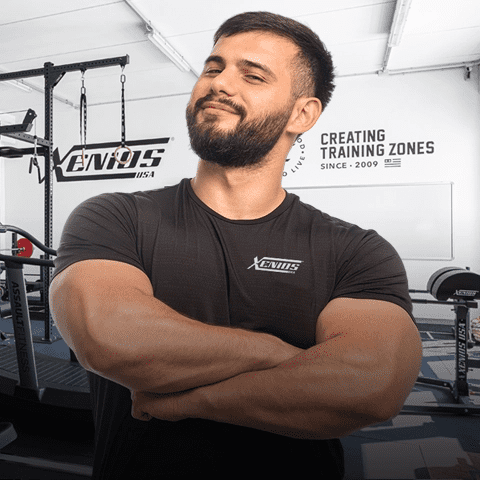
 Since 2009, we’ve been by your side, helping you create the perfect training spaces for Cross Training Boxes, Personal Trainer Studios, and professional Home Gyms.
Since 2009, we’ve been by your side, helping you create the perfect training spaces for Cross Training Boxes, Personal Trainer Studios, and professional Home Gyms.

